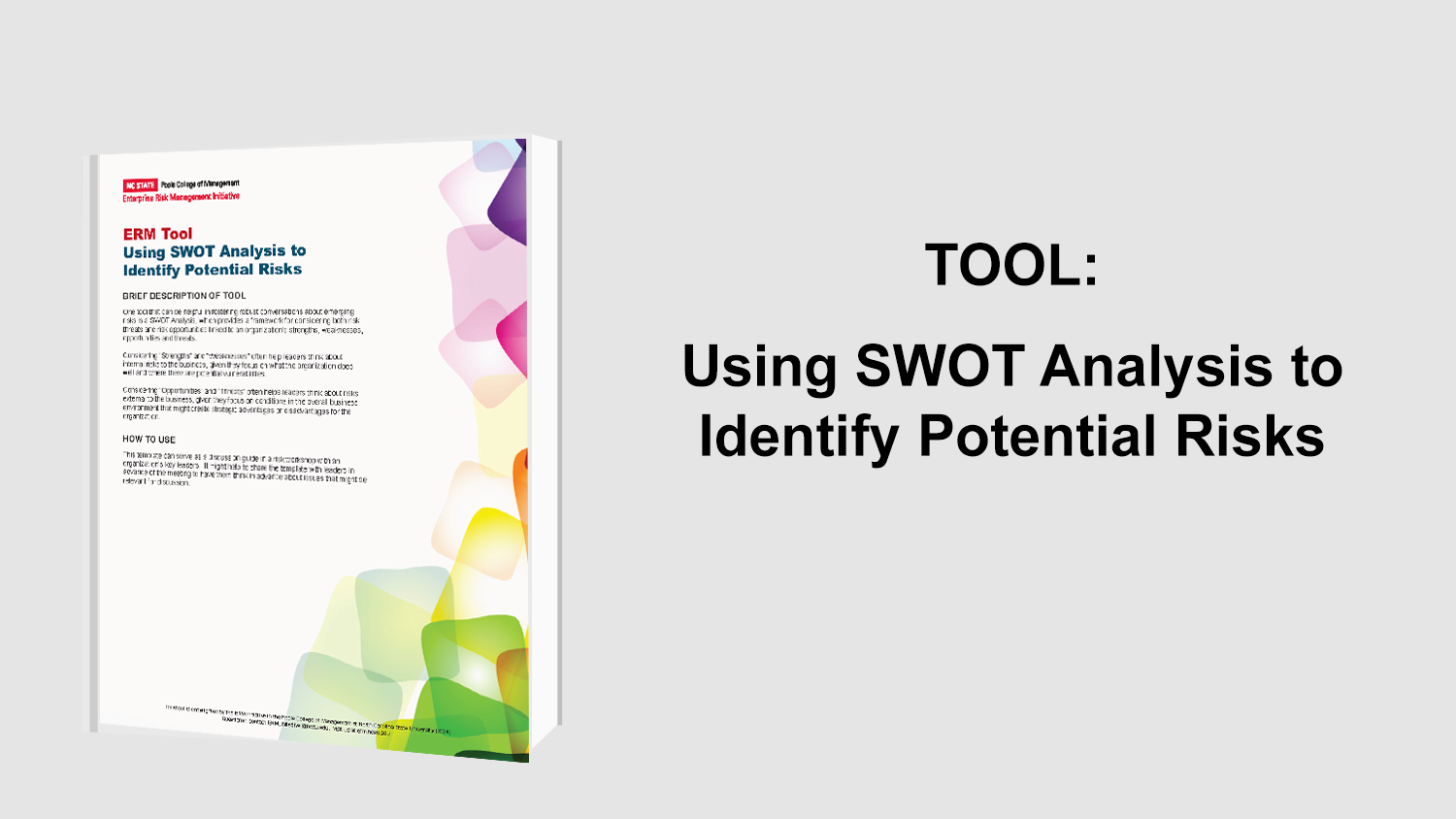How to Manage Risks Associated with Organic Growth Strategies
When a company’s organic growth potential appears limited, top-level executives often begin to neglect their role in overseeing the company’s organic growth strategy. Instead, internal growth is delegated to an organization’s various operating segments. Without centralized oversight, organic growth strategy can become risky, fragmented, and suboptimal. To avoid this pitfall, the authors of this Harvard Business Review article describe four “organic growth rules” that corporate executives can follow to manage risks associated with organic growth and to ultimately drive internal growth at their organizations.
The four rules are:
1. Coordinate Operating Units
2. Promote Consistent Growth Efforts
3. Avoid Labeling Business Units
4. Establish a Top-Down Growth Culture
Coordinate Operating Units
Although individual operating units should be charged with identifying organic growth opportunities and with executing a particular growth strategy, executive leadership should be in place to evaluate which growth initiatives should be pursued at any given time. Without this executive role, individual operating units could invest resources in opportunities that do not align with organization-wide objectives or into opportunities where the level of risk taken on does not align with the potential benefit. Executive leaders are in the position to facilitate communication about organic growth opportunities across the enterprise as a whole, and can aid in maximizing the impact of resources put towards internal growth efforts.
Promote Consistent Growth Efforts
Executive leaders are in the position to establish the growth appetite for their company. Without this kind of engaged “tone-at-the-top,” individual business units may be more likely to follow business cycles in their pursuit of organic growth. In a boom, individual operating units could be too aggressive with their growth investments; likewise, in a contraction, operating units may be over-reluctant to invest in beneficial organic growth opportunities. Executive leaders are in a position to ensure that the organization, as a whole, sets consistent, healthy growth standards regardless of the stage in the business cycle.
Avoid Labeling Business Units
Executive oversight of organic growth helps to prevent individual operating units from developing certain labels pertaining to growth potential. The authors indicate that there is a tendency to identify certain units as major growth opportunities, while other units become identified as mature, or non-growth businesses. This sort of culture discourages some units from reaching for growth opportunities that are attainable, while also encouraging other units to behave too aggressively in working towards organic growth. Corporate executives are in a position to moderate this kind of environment so that all operating units are searching for growth opportunities and are also taking on acceptable levels of risk in striving for organic growth objectives.
Establish a Top-Down Growth Culture
Through their oversight capability, corporate executives are also able to establish a company-wide “language for growth.” This means that executives pass down a certain vocabulary to lower-level personnel to be used in discussing and evaluating organic growth opportunities. A consistent language across the enterprise helps to ensure that each operating unit can communicate effectively with management and with other operating units. This aids in preventing misunderstandings and deviations from the organization’s objectives and appetite for risk.
Conclusion
The authors of this Harvard Business Review article believe that executives can and should play a role in the organic growth efforts of their companies. The four rules presented in this article demonstrate the power of executive oversight in enhancing organic growth strategy that helps align risks taken in pursuit of organic growth strategies with overall appetite for risk taking. The article provides real-world examples of how each rule has been applied in practice to drive
Click below to register and download article
Original Article Source: “Creating an Organic Growth Machine,” Harvard Business Review, May 2012
- Categories:
- Types:


